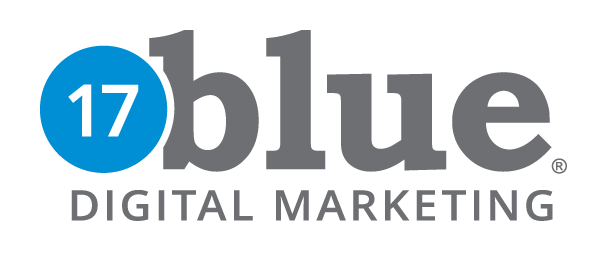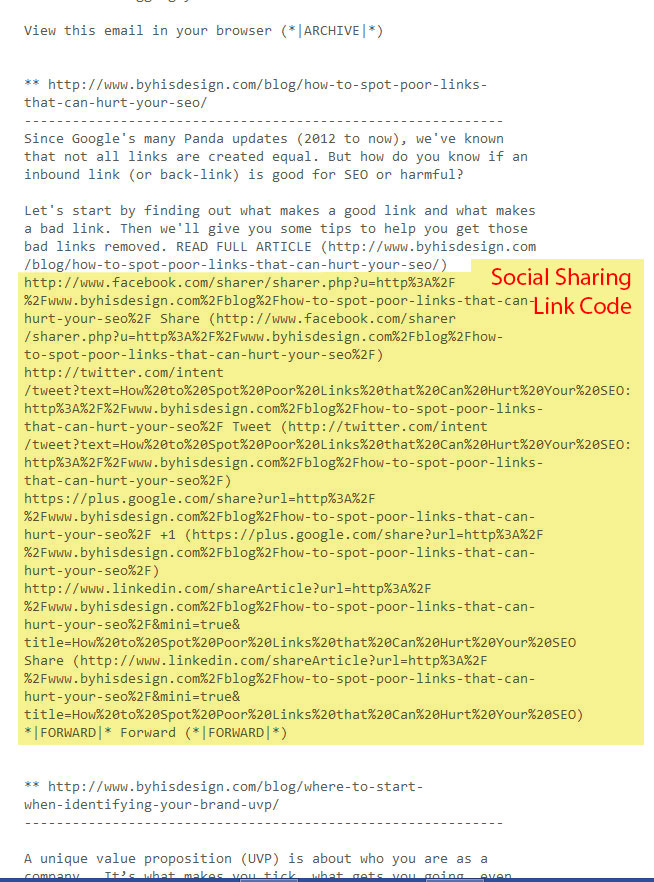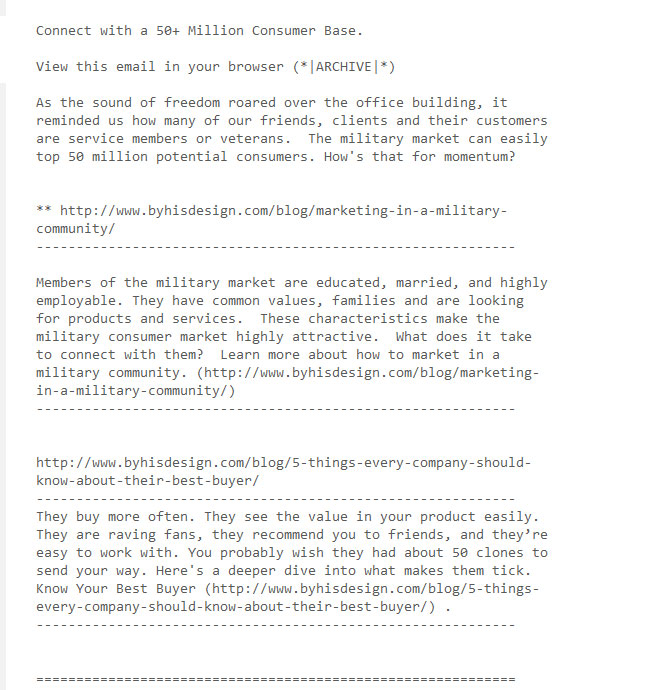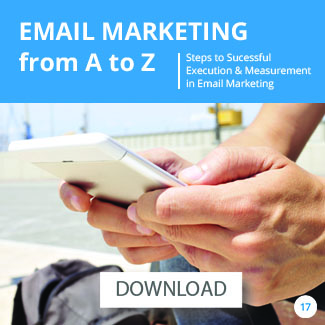Email marketing has never ceased to produce one of the highest levels of engagement and returns for those who do it well. Since 95% of online consumers use email, it’s a big slice of the pie. These 6 tips for increasing email click-through rates are specific strategies you can apply right away.
There are several variables to address when making your email and subject lines eye-catching. And it pays to invest in segmenting your list and tailoring personalized content to your readers through a system that leverages triggers to put that content in the right context in an automated fashion.
Here are strategies and details that can help your readers tune in, click through and share!
1. Set Unique Preview Text
Preview text is the short descriptive bit that follows the subject line in many reader’s in-boxes. It’s a preview of the email content, but you can customize it to provide a short summary or pique interest. Keep it under 50 characters, and remember it’s part of what they’ll see first. You can be a little creative here – use the space to engage your audience. If you don’t set this text it will by default pull the first 50 characters of your email which may read awkwardly.
2. Ensure Your Email is Mobile-Friendly (preferably Responsive)
(HubSpot) and 64% of decision-makers read their email via mobile devices. (TopRankBlog) Those are significant statistical margins. Make sure your email template is mobile friendly, preferably responsive to devices and doesn’t just display at “desktop” resolutions.
More mail services are adapting responsive designs in their HTML email offerings, so if you’re actively emailing, check for responsive themes or templates in your email system. If you’re selecting a new system, responsive options should be a deal-breaker. Look for a system that offers responsive email options that are easy to implement.
3. Send from a [Human] Sender, not an Organization or Company Name.
At first, it may seem more professional to send your campaign from a generic address like “marketing@mycompany.com” but data suggests your reader is more likely to open it if it’s from “mary@mycompany.com.”
Research has shown that a person’s name or a combination of a person’s name and company name work well. Test options and see what garners the highest open rates for your audience, brand or industry.
4. Update and Clean-up the Plain Text Version
After all the beautiful work on graphics and images, taking a few minutes to clean up the plain text version of your email may seem about as “significant” as cleaning a toilet. But then again, what’s your impression of a business with dirty toilets? For those who receive plain text email (
Uncleaned Plain Text Mail
(highlighted link code)
A few minutes spent here will make a huge difference to your plain-text subscribers and help keep you out of the junk folder or spam trap.
5. Include Alt Text and Links on Your Images
When you include images in your email, make sure they have alt text (alternate text). This is true for article links, calls-to-action, ads, and other visual resources like charts or graphs. Alt text is there to explain what it is, or appear when the image is missing. The ultimate goal is to get readers to click-through, so give them a VISUAL to click. If the reader is in plain text, your image or call-to-action might be stripped away. Alt text lets these readers still receive your offer instead of an empty box.
In most content editors, you can easily add alt text when you upload or insert an image. If you need to add it to the code, it looks like this: <a href=”http://your-link-address-here.com”> <img src=”your-button-or-image-here.jpg” alt-text=”place your alt text here“/> </a>
6. Add Social Sharing Options
Ever read a really great article that you just know your friend or colleague would enjoy? Chances are, you’ve shared that information with him or her or maybe with all of your followers. Social sharing opens up channels to larger audiences and is a key part of your email marketing strategy. NOTE: this is not a “follow me” link — in this case you want them to SHARE your content with their friends.
Many email tools have built-in sharing buttons. You can simply connect your profiles and enable the option. If you aren’t working with built-in buttons, here are some handy-dandy sharing tools you can leverage to make your own.
Twitter Share/Tweet: https://about.twitter.com/resources/buttons#tweet
Twitter Share w/Hashtag: https://about.twitter.com/resources/buttons#hashtag
Or Use Ready-Made Tweets: Go to clicktotweet.com, a free custom tweet link generator. Type in your tweet, desired destination URL, and hashtags, click “Generate Link” and you’ve got the link to share!
Facebook Share Button: https://developers.facebook.com/docs/plugins/share-button
Other Facebook Sharing Options: https://developers.facebook.com/docs/plugins/
Find this information useful? Share this article on Facebook
Email marketing is a great tool in your marketing toolbox. If you send compelling offers to the right target segments and go the extra mile to provide a great user experience and sharing options, you can increase clicks and reach a wider audience. Go get clickin’!









